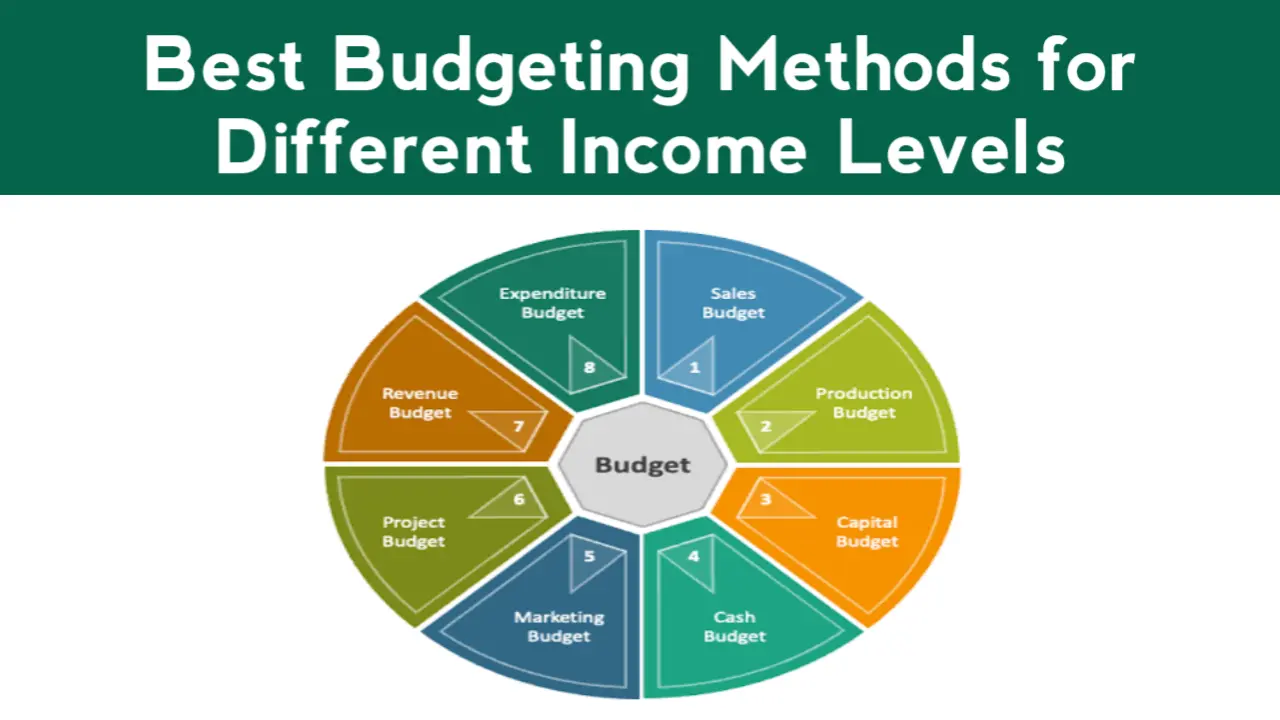Introduction: Budgeting Isn’t About Restriction—It’s About Freedom
Think of a budget not as a financial straitjacket, but as a roadmap for your money. It’s the tool that empowers you to spend guilt-free on what you love, while confidently building a secure future. The secret? There’s no one-size-fits-all solution. The best budget is the one you can stick with.
This guide breaks down five popular budgeting methods, highlighting the type of person each one suits best. Your goal isn’t to force yourself into a rigid system, but to find the strategy that feels most natural for your lifestyle and goals.
1. The 50/30/20 Budget: The Balanced Planner
How It Works: You divide your after-tax income into three simple categories:
- 50% on Needs: Essentials like rent, groceries, utilities, and minimum debt payments.
- 30% on Wants: Dining out, hobbies, streaming services, and shopping.
- 20% on Savings & Debt: Emergency fund, retirement investments, and extra debt payments.
Best For: Beginners and those who want a straightforward, balanced framework without tracking every single rupee. It provides clear guardrails but allows for flexibility.
Pro Tip: The percentages are a guideline. If you live in a high-cost city, your “Needs” might be 60%. Adjust the other categories accordingly, but always protect your “Savings” category.
2. The Pay-Yourself-First Budget (80/20): The Goal-Getter
How It Works: This method flips the traditional script. The very first thing you do when you get paid is automatically transfer your savings goal (a common benchmark is 20%) to your investment or emergency fund accounts. You then live freely on the remaining 80%.
Best For: Individuals who are overwhelmed by detailed tracking but are serious about building wealth. It prioritizes your future self above all else.
Pro Tip: Set up automatic transfers on your payday. If you never see the money, you won’t be tempted to spend it. This is the ultimate “set it and forget it” strategy.
3. The Envelope System: The Hands-On Controller
How It Works: You allocate cash for different spending categories (e.g., Groceries, Entertainment, Fuel) into physical envelopes. Once the cash in an envelope is gone, you stop spending in that category until the next refill cycle.
Best For: People who overspend with digital payments and need a visual, tangible way to control their discretionary spending. It makes abstract numbers feel very real.
Digital Alternative: Use apps that mimic the envelope system digitally (like “Goodbudget” or “YNAB”). You get the same discipline without carrying physical cash.
4. Zero-Based Budget (ZBB): The Detailed Director
How It Works: You give every single rupee a job. Your income minus your expenses (including savings and investments) must equal zero at the end of the month. This doesn’t mean you spend everything; it means you’ve proactively assigned all funds to a purpose.
Best For: Type-A personalities, people getting out of debt, or anyone who wants maximum control and awareness of their cash flow. It requires more effort but offers unparalleled clarity.
Pro Tip: Use a template or an app to make this easier. A new ZBB is created at the start of each month, allowing you to adapt to changing priorities.
5. The Anti-Budget: The Conscious Spender
How It Works: You only track the big, important numbers. First, automate your savings and bill payments. Then, simply ensure your essential spending doesn’t exceed your income. Whatever is left over, you can spend freely without any guilt or further categorization.
Best For: High earners with healthy savings habits, or those who have tried and failed with detailed budgets and need a low-friction system.
Warning: This method only works if you are naturally frugal or have a significant income buffer. Without discipline, it’s easy for spending to creep up.
How to Choose: A Simple Flowchart
Ask yourself these questions:
- “Do I need to get a handle on reckless spending?”
- YES -> Use the Envelope System (physical or digital).
- NO -> Go to question 2.
- “Do I love details and want total control?”
- YES -> The Zero-Based Budget is your match.
- NO -> Go to question 3.
- “Is my main goal to build savings without much hassle?”
- YES -> Start with the Pay-Yourself-First Budget.
- NO -> Go to question 4.
- “Do I just want a simple, balanced framework to follow?”
- YES -> The 50/30/20 Rule is perfect for you.
- NO -> You might be ready for the Anti-Budget.
The Bottom Line
Your budget is a personal tool. The “best” method is the one you won’t abandon in two weeks.
- Start Small: Don’t try to perfect your budget on day one. Pick one method and try it for a month.
- Be Flexible: Life changes, and so should your budget. If one method causes stress, switch!
- Celebrate Wins: Reached a savings goal? Stayed within your grocery budget? Celebrate that progress. This positive reinforcement is key to making budgeting a lasting habit.
The goal of budgeting is not to limit your life, but to build a financial foundation that expands it.
We’d love to hear from you! Which budgeting method are you excited to try? Share your own tips and experiences in the comments below. If you found this guide helpful, please share it with a friend who could use a financial boost.







